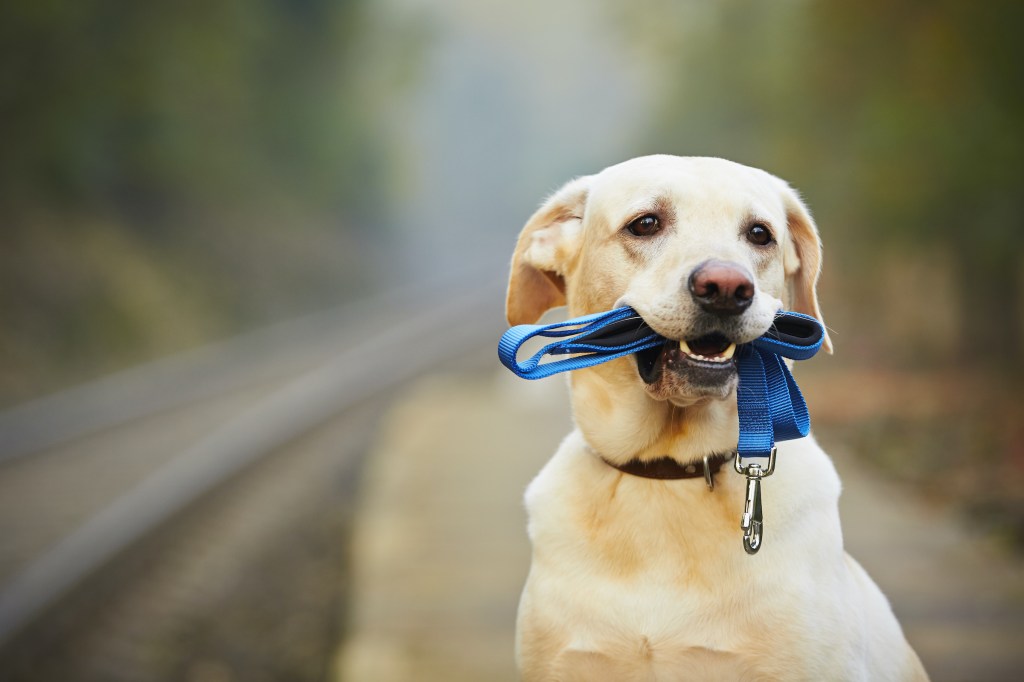
We’re going out on a limb here, but it’s safe to say that if you’ve ever caught the look on a dog’s face when he’s running off leash at the dog park, you’ve caught a glimpse of what pure bliss looks like.
As a pet parent, it’s only natural to want to see that expression more often. And, without disparaging the leashed walk around the neighborhood, your dog would probably tell you he’d prefer being off leash more often. Is that possible, given local leash laws and all the mischief your untethered pet can get himself into? Perhaps, if he is well trained.
Wondering how to train your dog to walk off leash? Here are five tips for off-leash dog training.

Make sure your dog can handle the experience safely
You can’t always trust children to control their excitement in a candy store, and likewise, not all dogs should be expected to behave themselves off leash. As a dog owner, you need to know your dog’s personality well so you can accurately assess whether off-leash training is a good idea.
Your dog might not ever be reliable off leash if:
- He likes to chase things, like small animals or cars.
- He is fearful and runs away when he is frightened.
- He tends to follow his nose wherever it leads him.
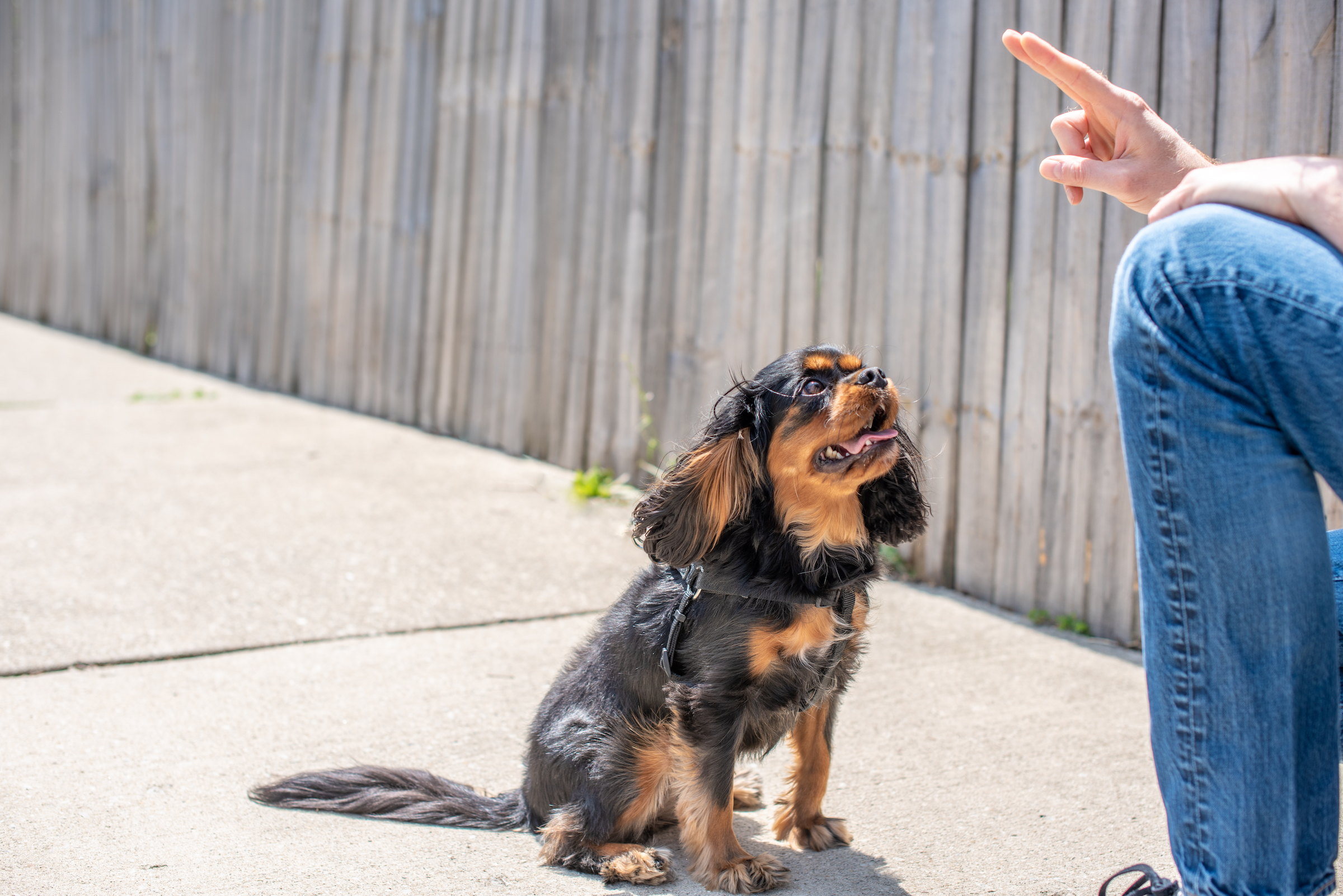
Make sure he knows and obeys basic commands
Since keeping your dog on a leash is one way of keeping him safe whenever he’s outside, it’s important he not only knows these basic commands but also responds to them immediately whenever they are given:
- Heel. A compliant dog will walk in step beside you — not ahead or behind — when given this command.
- Come. You’re really saying “come here to me this instant” and not “hey, when you get a minute….”
- Leave it. This is important when your dog decides to investigate something he shouldn’t, like a snake or chocolate.
- Look. It’s for when you need to get your dog’s attention by looking directly at you.
- Stay. This command asks your dog to remain stationary where you’ve placed him until you tell him it’s okay to move.
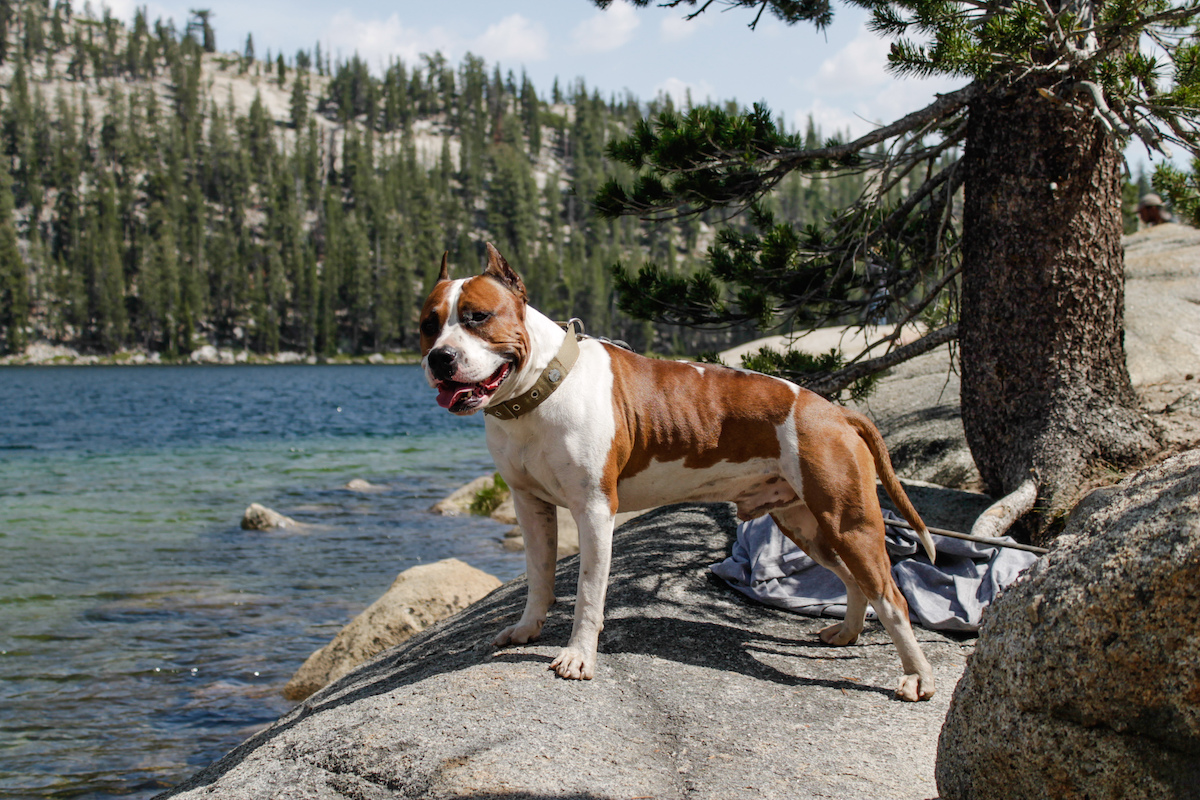
Practice makes perfect
The best way to know for sure if your dog will obey your command when he’s off leash is by practicing in a protected environment first. If he’s compliant on a standard 4- to 6-foot leash, graduate to a longer 15- to 30-foot leash to see how he behaves.
Once he’s proven himself with the additional freedom, try him off leash in a small enclosed area, such as a fenced-in yard or dog park. Add in distractions intentionally, like other dogs, rambunctious kids, and smelly treats. Practice until, no matter what, your dog heeds your command in any situation.
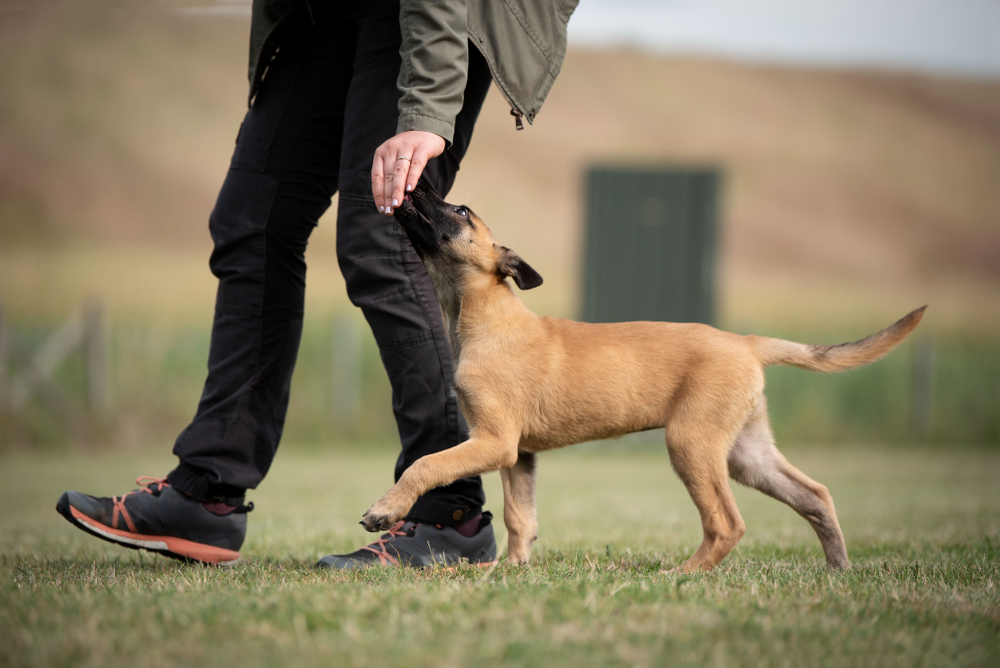
Always use positive reinforcement
As with all training, positive reinforcement works best. Keep his favorite treat in your pocket as a reward when he obeys on command. Use lots of praise. Negative reinforcement, such as yelling or striking, only creates fear and distrust. In an emergency, you want your dog to come to you immediately and not run away for fear of being punished. If he believes there is value in following your direction, he is more likely to obey whether he is on or off leash.
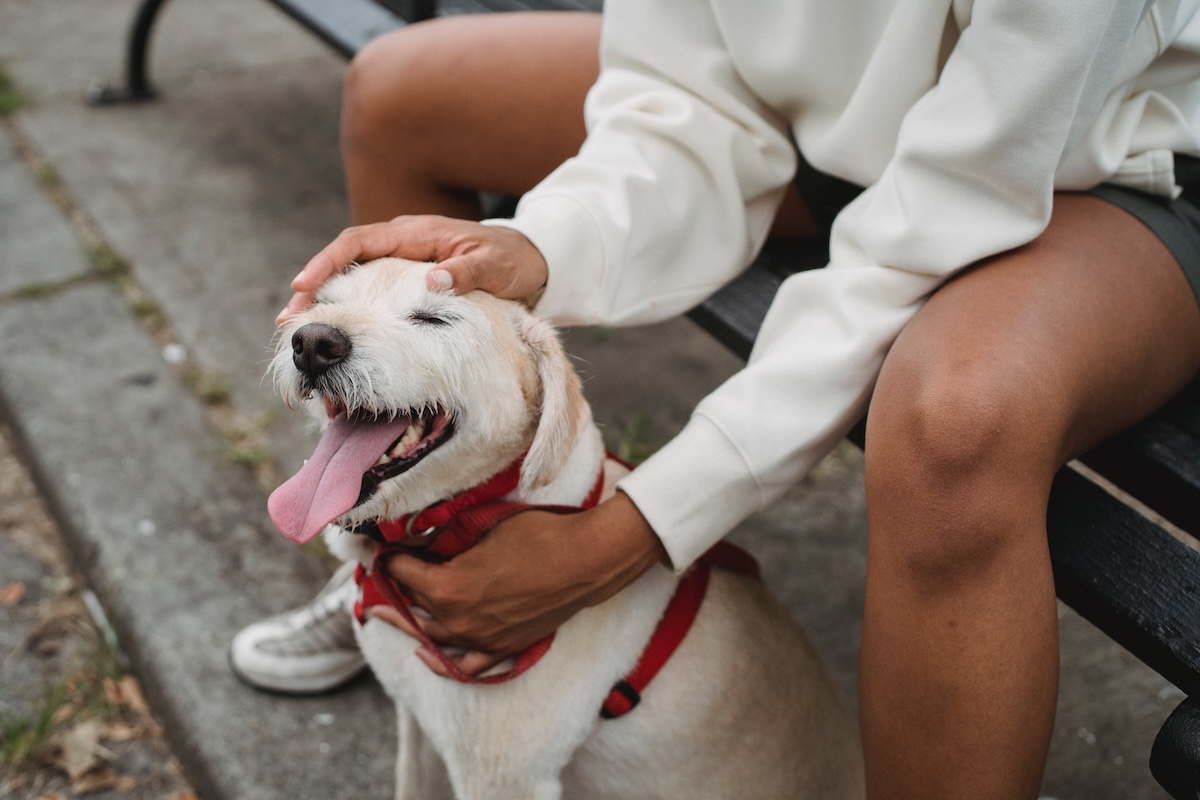
Use your best judgment
Naturally, there are certain times when it just isn’t appropriate to allow your dog off leash:
- In crowds. Even if your dog is the most mild-mannered pup on the planet, some people are fearful. Keeping your dog on a leash reassures them that he is under your control.
- In traffic. Loud and unfamiliar noises can create fear and anxiety for even the most obedient pet.
- When the law demands. Learn the leash laws and follow them. Not only do violations carry hefty fines and/or citations in some areas, but following the law also demonstrates that you are a responsible pet owner who has respect for others in your community.

At what age do you start off-leash training?
For safety’s sake, always keep a leash at hand and watch your dog’s body language closely. Even the most compliant dog can get startled, become fearful, or decide to chase something random at a moment’s notice, especially in new or unfamiliar surroundings. With patience, practice, and the use of good judgment, off-leash adventures can be rewarding and memorable for both you and your pet.


